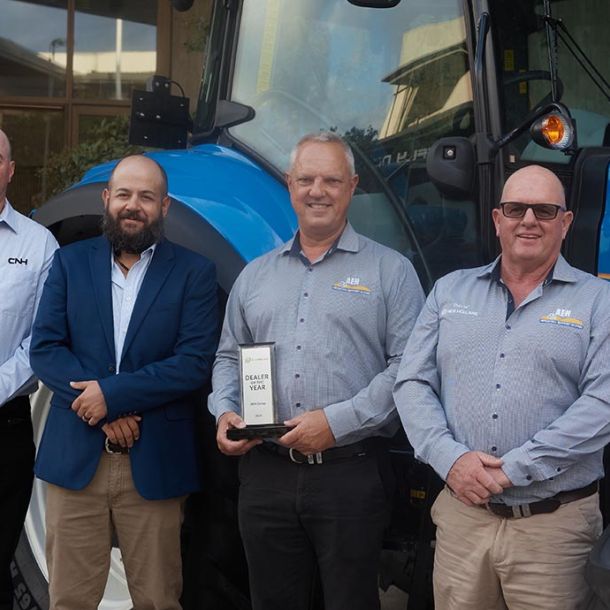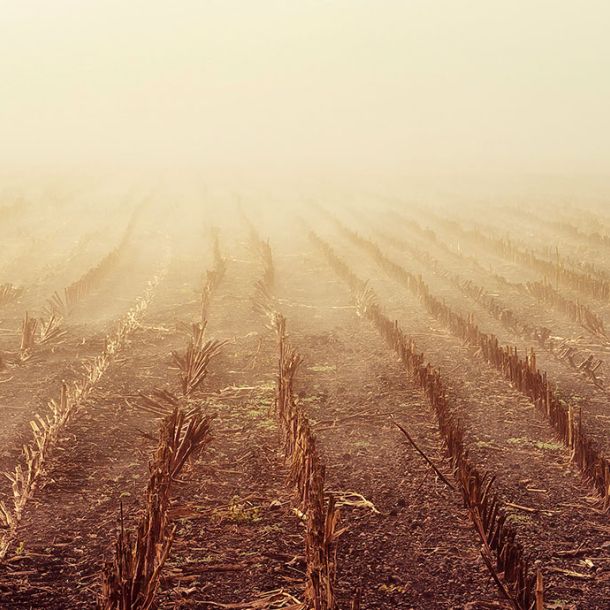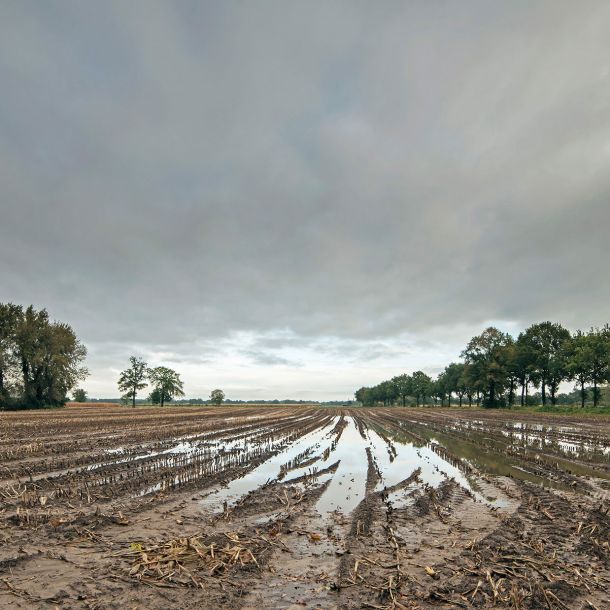From the Trenches: Combatting Ryegrass in the War on Chemical Resistant Weeds
What’s more certain than finding saltwater in the ocean? Apparently, finding ryegrass in your paddocks! In our survey of Australian farmers conducted by K-Line Ag throughout July and August this year, ryegrass presence and herbicide resistance were a recurring theme. Nearly every respondent that addressed the survey’s weed herbicide resistance questions mentioned ryegrass in their response. This was a strong indication of the prevalence of the problem, and the difficulty of finding a suitable answer to address it.
3 Ways to Control Ryegrass and Weeds
1. Think Site of Action to Combat Herbicide Resistance
Australia’s not alone in the battle against chemical-resistant weeds. Most countries with industrialised agriculture struggle with local variations of the same problem. However, according to the Grains Research and Development Corporation (GRDC), Australia ranks an inauspicious second in the world for its number of herbicide resistant weeds[1].
Like so many other common weeds in Australia (fleabane, wild radish, milkthistle, windmill grass, liverseed grass, and barnyard grass are some of the most often-reported throughout the country), ryegrass earned its noxious reputation by foiling some of the most popular herbicides on the market. While resistance site of action varies by region, some sort of ryegrass with herbicide resistance exists in every Australian state. The International Survey of Herbicide Resistant Weeds keeps a comprehensive assessment of all resistance types by state, including what site of action/class of herbicide resistance is found in each location[2]. Knowing what types of resistance are prevalent in your area and adjusting your strategy around those resistances can help increase your chances of success.
2. When Possible, Fight Pre-Emergence
Getting ahead of weeds’ emergence from the soil has historically been one way to combat their chemical resistance[3]. By attacking the plant at its most vulnerable growing point – germination, when the plant uses the limited energy resources of its encapsulated endosperm to push new growth out from the seed coat – pre-emergent herbicides sabotage the plant’s ability to access the enzymes they need to fuel their first-stage growth. When effective, pre-emergent herbicides block plants from ever recovering that expelled energy through photosynthesis as they normally would, which finally desiccates them.
However, the efficacy of pre-emergent herbicide application is waning. Pre-emergent herbicide resistance is also a growing problem in all Australian states, according to a 2018 news release by GRDC[4]. Surveys conducted this year showed multiple resistances, including to combinations of herbicides from the D, J and K Groups. Managing ryegrass is therefore becoming increasingly dependent on non-chemical means. This includes strategic tillage with implements like the K-Line Ag Speedtiller®, or with the implementation of a diversified weed control programme.
3. Try Tickling
One of the most popular methods for tillage-based mechanical weed control is shallow cultivation, or autumn tickling[5]. Autumn tickle is a shallow-depth tillage that pushes the weed seedbank to germinate earlier. This ultimately depletes an area’s weed seed reserves, by allowing knockdown herbicides or other mechanisms to control them. The Speedtiller® is uniquely well-suited to this weed control method, because it features a dual-mode operating system that controls weight, pressure, and operating depth with a series of lever- or hydraulic-action adjustable components.
Even with a fully adjustable tillage implement like the Speedtiller®, not all weed types or situations respond well to autumn tickling. Only those weeds who are easily disturbed from dormancy, like ryegrass, are good targets for this approach. Similarly, not all soil types respond well to autumn tickling either. Sandy and non-wetting soils are not good candidates for this type of weed control.
The ryegrass resistance issue isn’t a simple fix, and it’s not an issue that is going away. Effectively combatting ryegrass in the future will require the development and implementation of an integrated weed control strategy. These strategies will work best if they minimise the use of herbicides. Instead, use a combination of chemical and mechanical methods to control, disrupt and eliminate weeds and their seeds.








